Phlox "Gzhel": description, planting, care and reproduction

Panicled phlox "Gzhel" has a fabulously beautiful color of flowers, combining blue, light blue and lilac shades. A small delightful plant was bred at the beginning of the century, but is still considered by gardeners to be one of the most spectacular ornamental crops. It will be nice to know that you can grow this culture without having much experience in gardening.

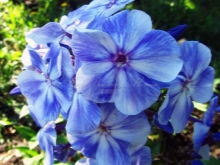

Description
The variety belongs to early-medium perennial crops, which provides for a flowering period from mid-summer to the end of September. The name of the species quite accurately corresponds to the decorative painting on porcelain.
In addition to long and lush bloom, "Gzhel" has a wonderful aroma, reminiscent of the smell of oriental spices.
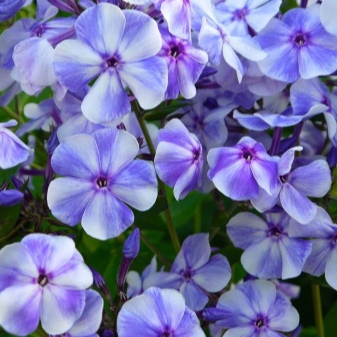
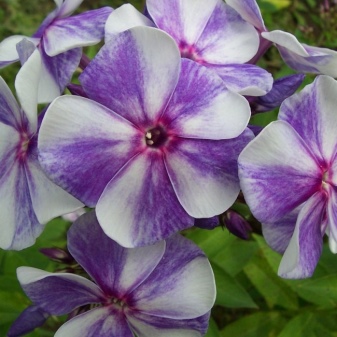
Variety characteristics:
- the average plant height is from 80 to 110 cm with a bush circumference of 70 cm;
- phlox root system is branched, located in the upper layer of the earth;
- the bush has thin, but strong stems with dark green leaves, oval, pointed at the end;
- blue buds appear in the second half of July, blooming, they form dense cone-shaped inflorescences;
- flowers with a purple eye have white and blue petals, the size of flowers is 4-4.2 cm in diameter.
Thanks to the efforts of breeders in 2012, a similar variety "Gzhel maxi" was bred, somewhat different in appearance. Its flower bush is lower and can grow to a height of 70-75 cm, but at the same time, larger flowers are formed on its rounded conical inflorescences 25-30 cm in size, with a circumference of 4.8-5 cm.
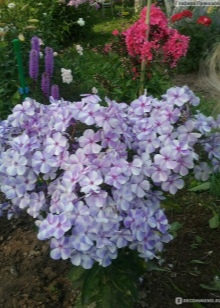
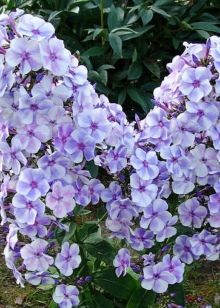
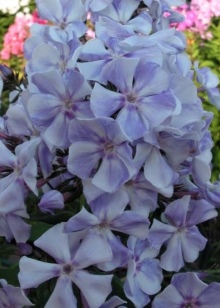
Both types of crops are immune to major diseases and pests, are unpretentious to climatic conditions, in addition, they have high winter hardiness. The culture can withstand even winters with little snowfall, and in spring it is not afraid of night frosts, which do not damage young shoots.
Experienced growers recommend avoiding planting a flower bush in too open areas, since the beautiful color of the petals can be lost due to exposure to ultraviolet radiation. In dry weather, the flowers of blue phlox turn pale, so regular watering is needed.
An interesting feature of the species is the dependence of color on the weather: the blue tones of the petals become more saturated on cloudy days - this is typical for recently blossoming flowers. In hot weather conditions, purple hues are deeper. And also the changes in tone are associated with the time of day - in the evening the flowers seem brighter. The plant is suitable for bouquets, as it retains a fresh look for a long time when cut.
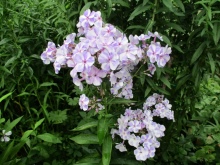

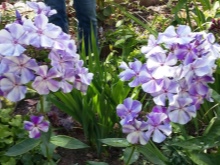
Breeding methods
For propagation of a flower culture, it is best to use vegetative methods, one of them is division. Its advantage is in the preservation of all varietal characteristics of the parent bush. The procedure is carried out in the spring - in April-May, until the young shoots have grown. Only young bushes without lignified roots that can break down are divided into several parts. Planted cuttings can please with flowering already in August, September.
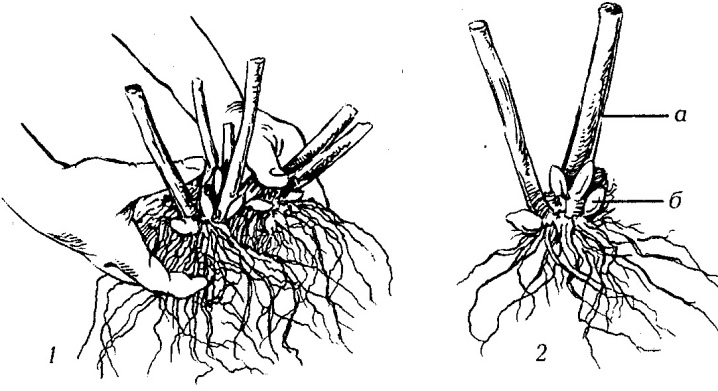
The separation is carried out on a cloudy day:
- when digging, the earth is shaken off from the root system, and then lowered into a container with water and washed;
- cuts should be sprinkled with crushed charcoal;
- division at the end of August is allowed, but then new shoots must be shortened, leaving several leaves on them;
- during division it is important to prune long roots and remove diseased, dry and damaged growths.
A prerequisite is a quick planting of the cut, and in order for it to take root better, abundant watering is required after the procedure and afterwards.

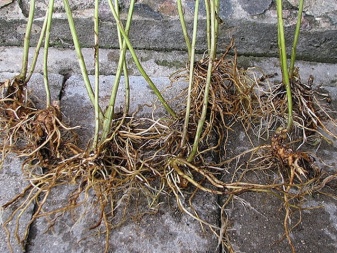
Cutting is a technique used in late spring and early summer. This option gives 100% optimal rooting of the plant. Shrubs at the age of three years are suitable for pruning, from which you can take up to half of the young branches. Experienced gardeners prefer to break off the cuttings with their hands. For this, shoots are taken at the base with a "heel", which are immediately planted in prepared soil, located in partial shade.
The size of the seedling should be at least 6 cm in length, it can be deepened into the ground by 3.5 cm. Between the bushes, intervals of 7 cm are observed, and between the rows - about 12 cm.Before and after planting, the soil under the seedlings is generously watered, and a canopy is made for phlox, covering them from the direct rays of the sun. Shoots will take root for about a month, and for this you need to water them regularly (morning and evening). In hot weather, irrigation can be carried out up to 4 times a day.
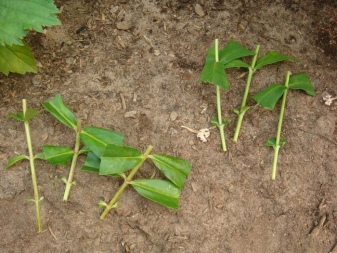
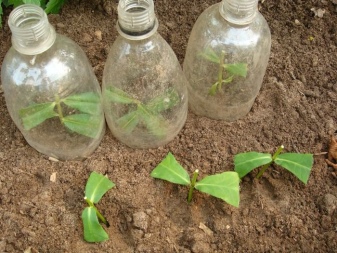
You can even breed phlox by layering, bending the branches to the ground in the previously hilled soil. The main thing is not to forget to water and feed the plant. Perennial varieties, as a rule, are not propagated by seeds, but this method is suitable for annual phlox, and for some of them it is the only possible one.
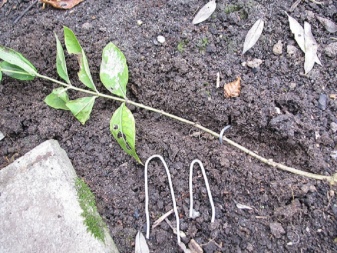
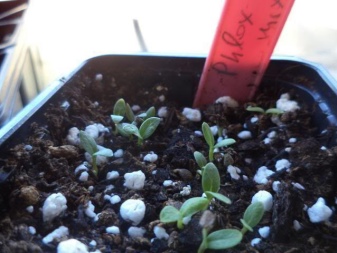
At one place phlox can grow and bloom profusely for 7-8 years... After that, the bush is usually divided, choosing for this procedure the first decade of September.
"Gzhel" calmly tolerates a transplant, even in a flowering state, the main thing is to provide the transplanted plant with a sufficient amount of moisture.


How to plant?
Phloxes of this variety can be planted both in an open sunny area and in partial shade created by other horticultural crops, trees and shrubs. This will not negatively affect the flowering of the plant, but will make it stretch in height. Even with a lack of moisture, the culture is able to quickly recover after rain and long-awaited watering.
The preferred soil for phlox is fertile with the presence of sand, clay, garden soil and humus in the composition.
Before planting, it is important to dig up the beds to a shallow depth - no more than 35 cm, this is enough for the phlox root system. The soil must be neutral, so acidic soils are sure to lime.

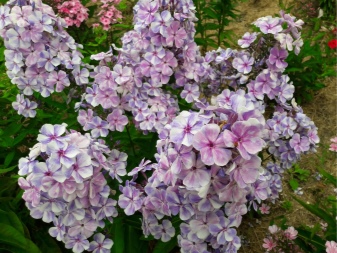
Here is the landing algorithm.
- The holes are made according to the size of the roots and are quite spacious, usually up to 20 cm deep.
- Pieces of brick and crushed stone are laid out at the bottom as drainage.
- From above, a third of the pit is filled with nutritious soil with the addition of mineral fertilizers and liquid organic matter. Ash, humus and superphosphate are well suited for this purpose.
- Then the prepared place is watered. After absorbing moisture, phlox is planted to a depth of 6 cm, then the hole is filled with the remaining soil.
- The root collar is placed 3-4 cm from the ground surface. It is undesirable to place it higher or lower.
- The near-trunk space is compacted and watered again.
Over the next 30 days, it is necessary to ensure that the ground under the bushes does not dry out, otherwise the root system may stop growing and not take root. To protect young plants from damage caused by gusts of wind, it is recommended to tie the bushes to supports of two or three wooden pegs.
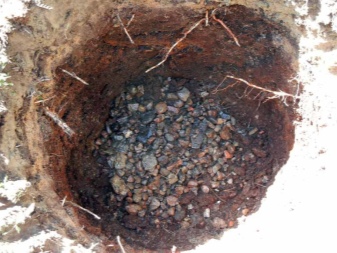

How to care?
The variety needs constant, moderate watering, eliminating moisture stagnation. With a lack of water, the leaves of the plant turn yellow, dry and begin to fall off starting from the bottom of the stem. Because of this, the bush slows down growth and blooms worse.
During irrigation, up to 15 liters of water is required per square meter of soil, in the heat it should be warm. It is advisable to avoid splashing on the above-ground part.
The soil should be loosened after watering or rain 1 time in 15-20 days. Do this carefully, trying not to injure the roots.


It is important to feed the plant in a timely manner, fertilization is required 4 times per season.
- In early spring, after the snow melts, the bushes are fertilized with organic matter - they mulch with humus, watered with liquid manure, and nitrogen-containing agents are added to the ground.
- When buds appear, potassium, phosphorus and nitrogen must be added. Then add wood ash, dissolved in water - 1 tbsp. l. 12 liters.
- During flowering, phloxes are fed with superphosphate (per bush - 15 g of dry fertilizer).
- It is important to use liquid mineral supplements after flowering. This will prepare the crop for winter by enriching the soil with nutrients.
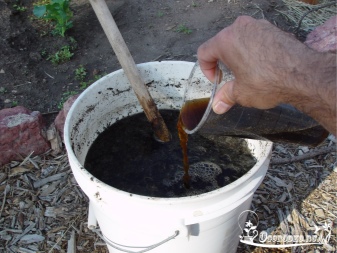

In anticipation of the winter period, the paniculate variety must be cut off - in October, the old stems are cut, leaving about 10 cm in height.If wilted or dried inflorescences remain on the branches, they must also be removed. It is not necessary to cover the bushes for the winter.
The variety is resistant to fungal diseases such as rust, spotting, powdery mildew. Cracking of the plant stem can be caused by too acidic soil, excess nitrogen fertilization, or stagnant water at the roots.
In terms of its decorative value and use, phlox "Gzhel" is a versatile plant that is relevant as a tapeworm, as well as for creating borders and any garden compositions.
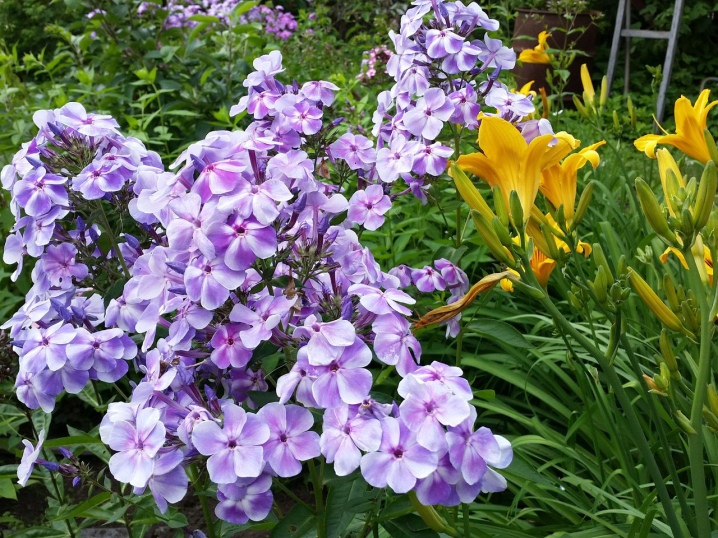
For more information on this phlox, see the next video.







































































































The comment was sent successfully.